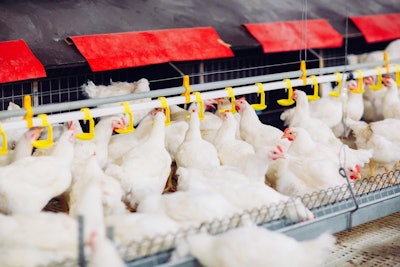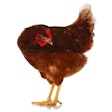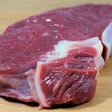
Variable light intensity programs can improve the health, welfare and performance of commercial broilers, according to a joint project conducted by Tyson Foods and the University of Arkansas System Department of Agriculture.
“This is very exciting research because it started by asking the chickens what kind of lighting environments, they preferred and appropriate for birds in the commercial broiler house,” said Karen Christensen, Ph.D., senior director of animal welfare for Tyson Foods and primary investigator for their animal welfare research, and Seong Wook Kang, poultry research associate for the Arkansas Agricultural Experiment Station, the research arm of the University of Arkansas Division of Agriculture.
In a variable light program, there is higher light intensity around the feedline with dimmer areas around the side wall and middle of the house. This type of setup can help encourage the birds to demonstrate more natural behaviors.
Broiler health, welfare benefits
The results of the project revealed that variable light intensity programs stimulated dustbathing and other volunteer movements of commercial broilers, while also reducing litter moisture content and footpad lesions.
In addition, the number of culled birds at day 49 was lower in variable light intensity houses compared to flocks raised in 5 lux, 20 lux or natural lighting environments. The total mortality under a variable light intensity program was 25% compared to a natural light program.
“By providing variable light intensity lighting program in the commercial broiler house, birds were voluntarily more active, showed beneficial natural behaviors and better welfare indicators including better mental health. Overall physiological changes lead to the higher average weight gain and lower feed conversion ratio. Giving the chickens a choice or a bit of control over their environment is a part of providing a good life,” the researchers added.
The research was funded by the by a grant from the U.S. Poultry and Egg Association (USPOULTRY),
“We thank USPOULTRY for supporting this research project. It was a fitting example of academia and industry coming together to collaborate on a relevant research project designed to improve broiler welfare in commercial operations,” said David Caldwell, director of the University of Arkansas Division of Agriculture’s Center of Excellence for Poultry Science.

















